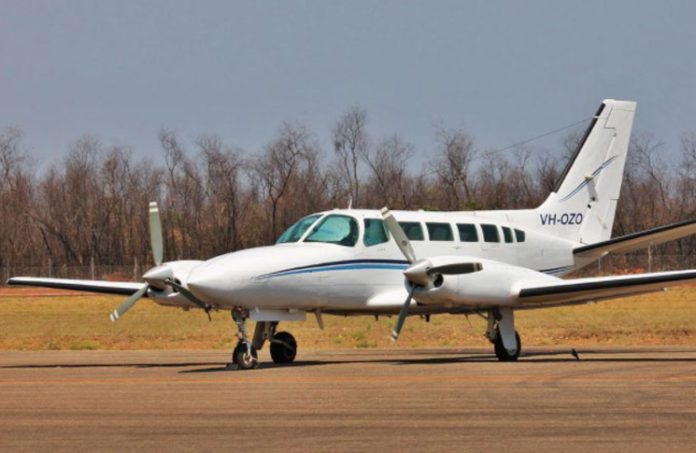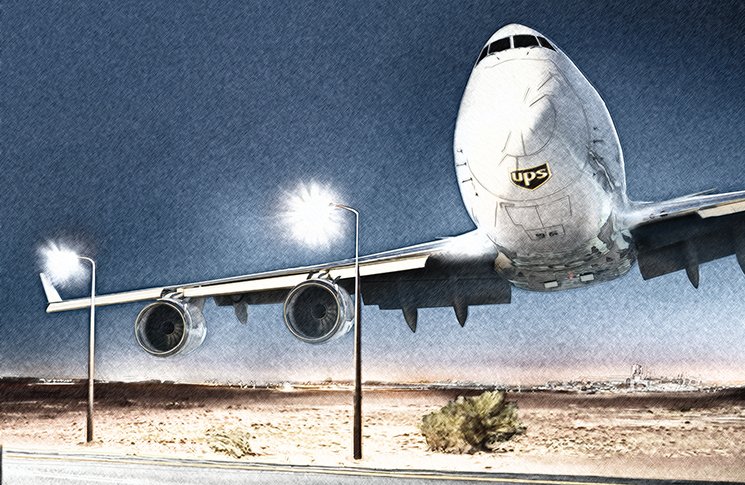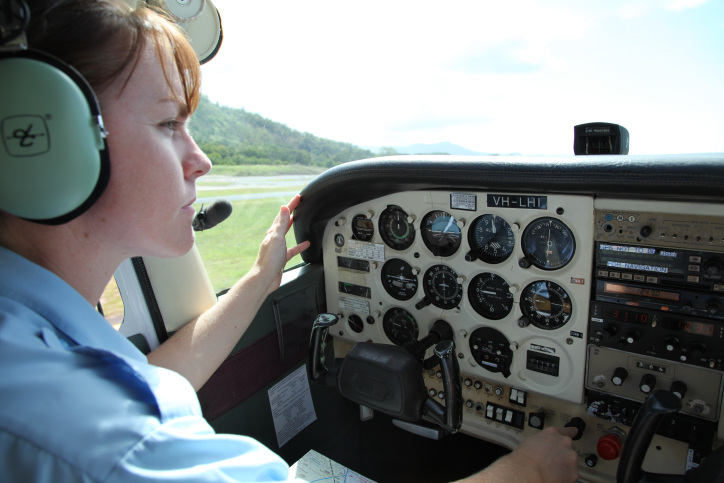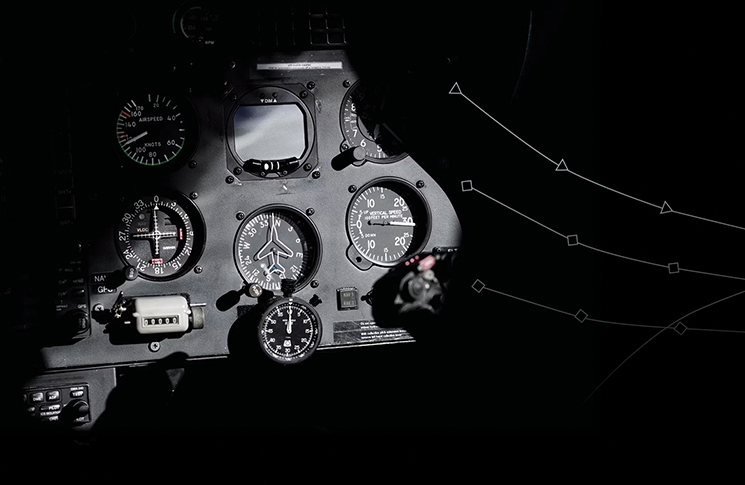A terrain avoidance and warning system (TAWS) would have warned the pilot of a Cessna 404 that crashed into dunes near Lockhart River Airport in Queensland, killing 5 people on 11 March 2020, the Australian Transport Safety Bureau (ATSB) said yesterday.
The ATSB found the aircraft was being flown 1,000 feet below the recommended descent profile before it crashed short of the runway.
ATSB Chief Commissioner Angus Mitchell urged operators of smaller aircraft conducting passenger operations to actively consider fitting TAWS to their aircraft.
‘Given the aircraft’s descent profile on the second approach, a TAWS would have provided the pilot with both visual and aural alerts of the approaching terrain for an extended period,’ he said.
‘The ATSB urges all operators conducting air transport operations to evaluate the risk of CFIT in your operations and to actively seek to install TAWS in your aircraft to maximise the safety of your operations.’
The twin piston-engine Cessna was operating an IFR charter flight under from Cairns to Lockhart River, where, as forecast, cloud and rain significantly reduced visibility. Recorded data showed the pilot’s first area navigation (RNAV) GNSS instrument approach, using the aircraft’s instruments and 2 GPS units to runway 30, resulted in a go-around.
The pilot made a second approach, during which the aircraft probably entered areas of significantly reduced visibility, including heavy rain. It collided with sand dunes about 6.4 km (3.5 nm) south-east of the runway, killing all onboard.
The ATSB said the aircraft appeared to have been in controlled flight until the time of the impact, and there was no evidence of any medical problems or incapacitation for the pilot, nor pre-existing mechanical problems with the aircraft or its systems. Colleagues had described the pilot as smart, diligent and methodical, with good hand-flying skills.
The ATSB considered 3 main scenarios as to why the aircraft was operated 1,000 feet below the recommended descent profile:
- The pilot thought they were one segment further along the approach.
- The pilot believed they were 1,000 feet higher than they actually were during most of the descent.
- The pilot intentionally descended below the recommended descent profile and segment minimum safe altitude to maximise the chances of becoming visual before reaching the missed approach point.
‘Overall, misreading the altimeter by 1,000 feet appears to be the most likely scenario, although there was insufficient evidence to provide a definitive conclusion,’ Mitchell said.
There was no requirement for the accident aircraft to be fitted with a TAWS. As part of the introduction of new Civil Aviation Safety Regulations on 2 December 2021 (Parts 121 and 135), CASA mandated the fitment of a TAWS to piston-engine aeroplanes used for air transport with a passenger seating capacity of 10 or more. However, even if the changes to the TAWS requirements had been introduced in Australia earlier, they probably would not have resulted in an aircraft such as that used during the accident flight being fitted with a TAWS.






The pilot IS the primary system to avoid terrain, a TAWS as desirable as it may be, is only a backup to the primary system and canot ever be considered primary.
Reason? A TAWS as reliable and effective as it may be is NOT scared of dying.
Nobody said that TAWS is “primary” with authority over the pilot. In reality, you won’t know TAWS is there until it “has something to say”. And when TAWS starts talking to you, you better listen and check your current situation and surroundings. Nobody invents systems like TAWS or EGPWS for shits and giggles, it’s there because too many people die because of controlled flight into terrain.
His GPS would have given him an altitude and yet he flew 1000’ low. Perhaps just following rules and procedures would have sorted it?
Hey Peter, he didn’t turn up to work that day thinking, ” ya know what,I’m gonna get distracted and kill a heap of people”
He just had a moment as a mk1 human.
And maybe even a basic FLTA as fitted as standard with many modern avionics could have given a distracted, overworked pilot a fright and a mildly interesting story to tell to his loved ones that evening.
It’s uncomfortable, but very little to gain and plenty to lose encroaching under minimums while on IFR.